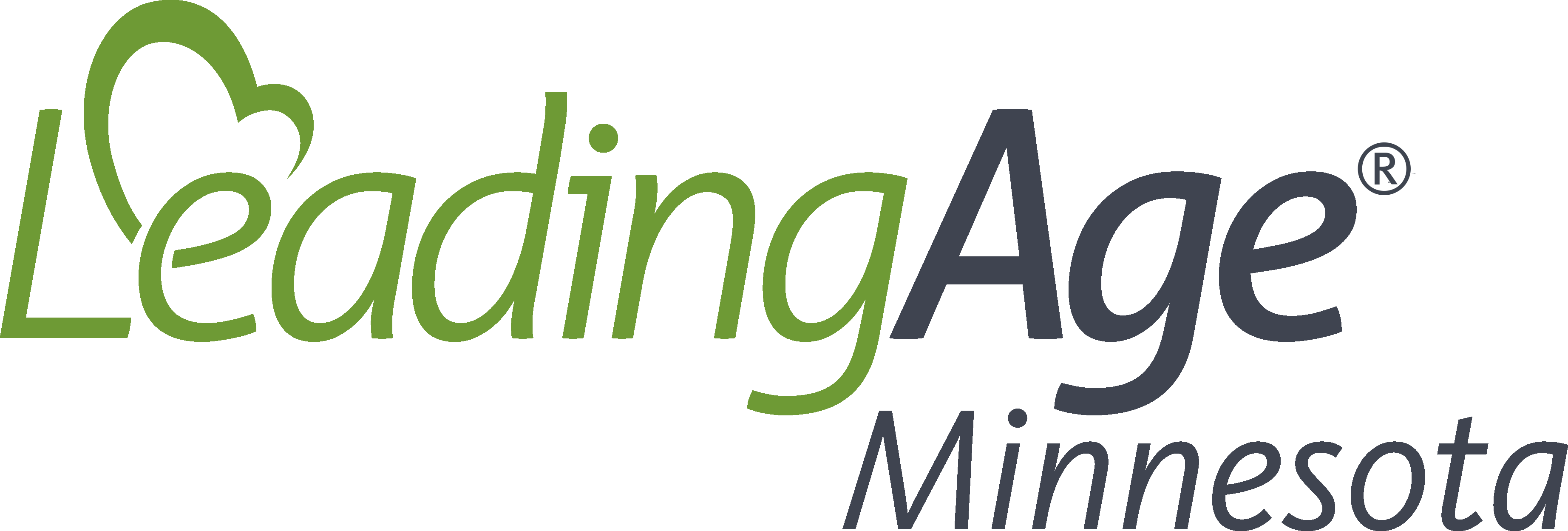CMS Expands Emergency Preparedness Interpretive Guidelines
Posted on April 14, 2021 by Jonathan Lips
The Centers for Medicare and Medicaid Services (CMS) has issued memorandum QSO-21-15-ALL providing updated guidance (Appendix Z) for all providers covered by the federal Emergency Preparedness requirements. CMS is currently working on updates to the Emergency Preparedness Basic Surveyor Training Course to reflect the new changes.
Many of the revisions to Appendix Z focus on changes that tie back to a so-called "Burden Reduction Rule" issued in 2019 – specifically adjustment of cycles of updates required for non-long term care providers and changes to the training and testing program, which CMS had previously announced.
However, CMS is also expanding the guidelines to further expand on best practices, lessons learned, and planning considerations for emerging infectious diseases (EIDs) in light of the COVID-19 Public Health Emergency. In Feb. 2019, in the wake of the emergence of Zika and Ebola, CMS added EIDs to Appendix Z, noting that it was important for facilities to include planning for infectious diseases within an all-hazards approach to emergency preparedness, and COVID-19 has motivated CMS to add additional content in this area.
The revised Appendix Z includes updated guidance on the following issues:
Emerging Infectious Diseases
- Added additional guidance/considerations for EID planning stages, to include personal protective equipment (PPE).
- Added additional guidance on risk assessment considerations, to include EIDs.
- Included planning considerations for surge planning and staffing.
- Included recommendations during PHE's for facilities to monitor CDC and other public health agencies, which may issue event-specific guidance and recommendations to healthcare workers.
- Added additional planning considerations for hospices during EIDs outbreaks.
Other Topics
- Expanded surveyor guidance to ensure Life Safety Code and health surveyors communicate/collaborate surrounding potential deficiencies for alternate source energy.
- Added new definitions based on Burden Reduction Final Rule expansion of acceptable testing exercises.
- Clarified expectations surrounding documentation of the emergency program.
- Clarified existing guidance surrounding the use of portable generators and maintaining temperature controls.
- Expanded guidance and added clarifications related to alternate care sites and 1135 Waivers.
- Expanded guidance and best practices related to reporting of facility needs, facility’s ability to provide assistance and occupancy reporting.
- Revised guidance related to training and testing programs as the Burden Reduction Rule extensively changed these requirements, especially for outpatient providers.
- Provided clarifications related to testing exercise exemptions when a provider/supplier experiences an actual emergency event.
Our team will analyze these changes and provide additional information soon. Meanwhile, please contact Jonathan Lips with any questions.
Comments
Add a comment
Members must sign in to comment
You must be a member to comment on this article. If you are already a member, please log in. Not a member? Learn how to join »

No one has commented on this article yet. Please post a comment below.